10th -16th October 2025
A CARMELITE RETREAT PILGRIMAGE WITH ST TERESA
Led by Fr Matt Blake, OCD and Fr Kelvin Ekhoegbe, OCD
A pilgrimage to Ávila in the footsteps of St Teresa, one of the great mystics, reformers, and religious women of the Roman Catholic Church.
“All must be friends, all must be loved, all must be held dear!” (St Teresa of Ávila)
DAY ONE
10th October
PILGRIMS OF LOVE

25 pilgrims from the UK, USA, Ireland, Scotland gathered at the Madrid airport and were conveyed in a coach to our destination – Hotel Zentral, Toledo. We had some time to settle in and then walked for about 25 minutes through the hilly routes to the Discalced Carmelite Friars’ monastery for Mass.
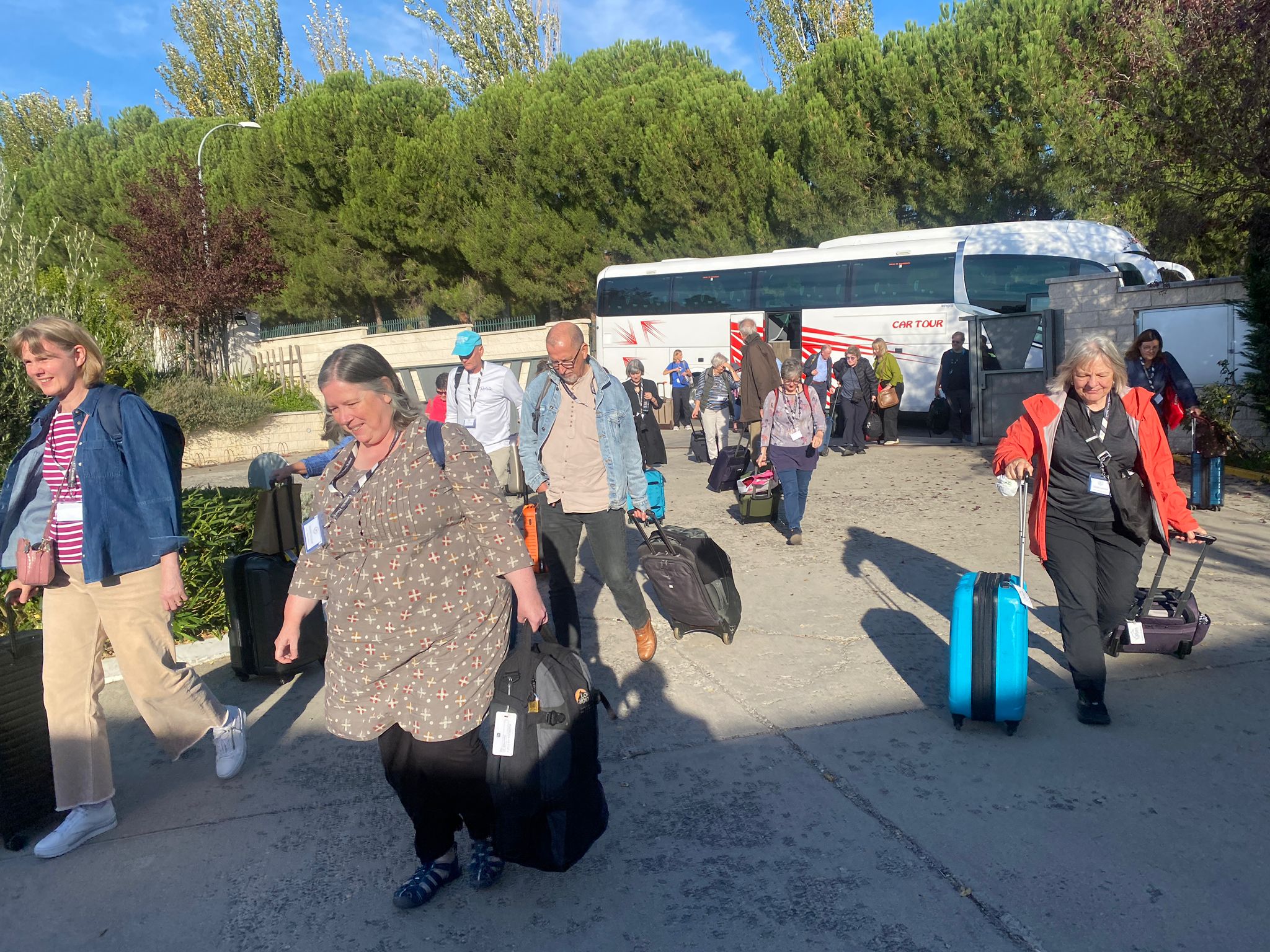


This was presided over by Fr Liam. In his homily he pointed out to us that we all are seeking Christ and invited us to let this holy place anoint us. He encouraged us to ponder as did Our Lady, our Model of fidelity. He also invited us to enter the ancient world in the spirit of St Teresa and St John who returned to the mystical tradition of Carmel in the footsteps of the Blessed Virgin Mary the perfect contemplative. In the chapel where we celebrated mass were two important relics – a tooth of St Teresa and a finger of St John of the Cross. The presence of these two mystical giants through their relics brought a special connection with their lives and what we have learnt through the SDFP course.

In the Carmelite history, Toledo holds a significance place. In Toledo lived St Teresa’s grandfather. John of the Cross wrote most of his poems in prison in Toledo. These poems transformed his sufferings. Although sin and evil exist, hope gives grace. He urges us to be steady in Teresa’s and John’s tradition which leads to the resurrection and the power of Pentecost.

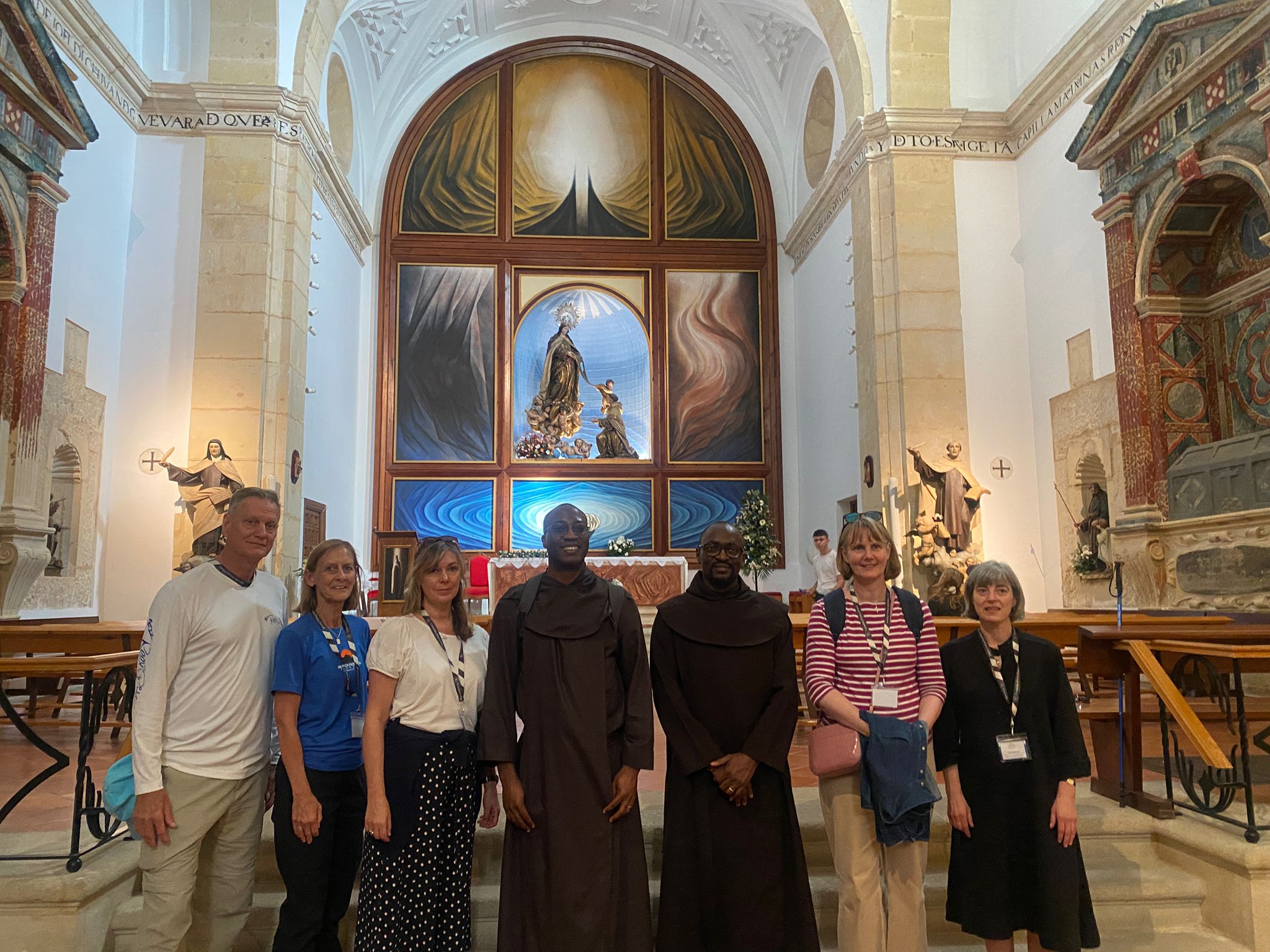
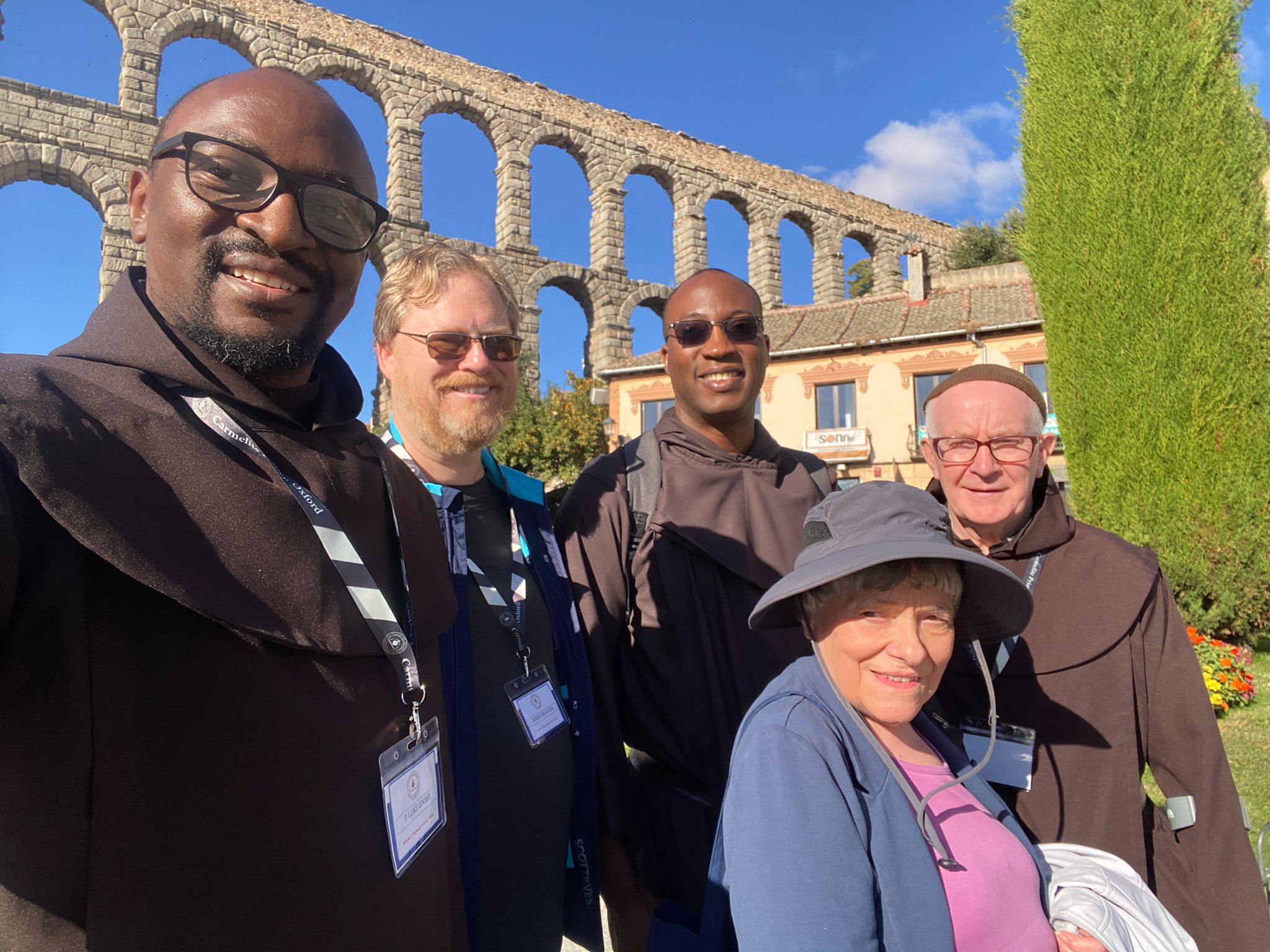
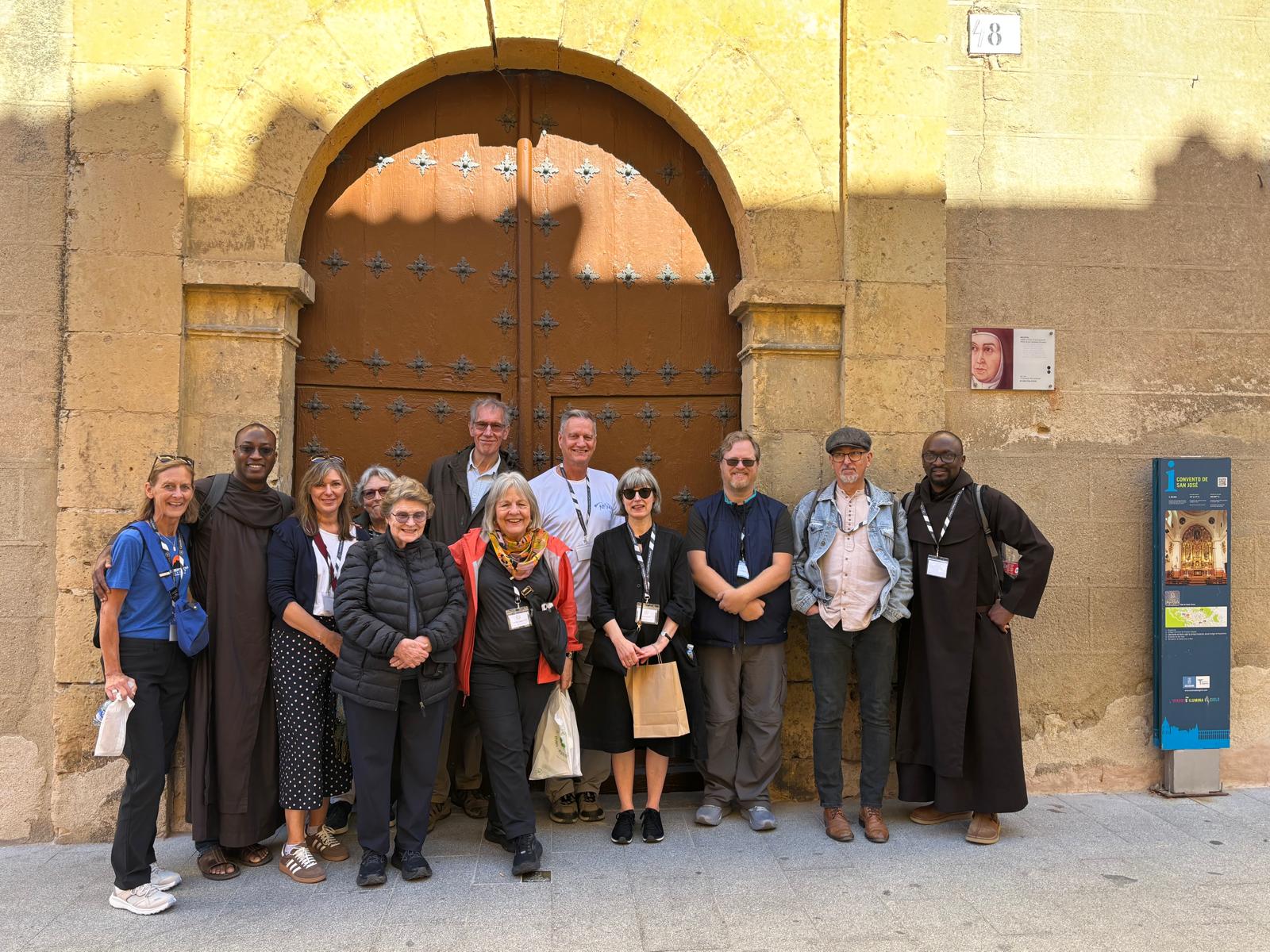
After the mass we visited the monastery church where the relics of the seventeen friars martyred in the monastery during the Spanish wars are laid under the altar. We also visited the courtyard of the monastery overlooking the beautiful city of Toledo.
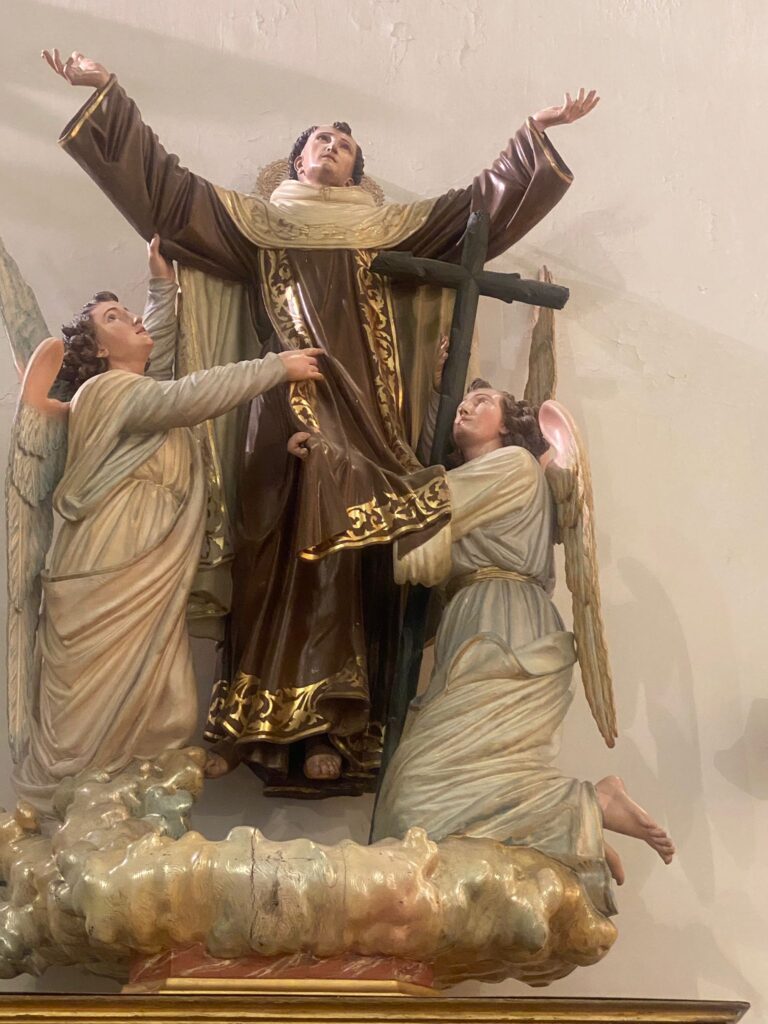
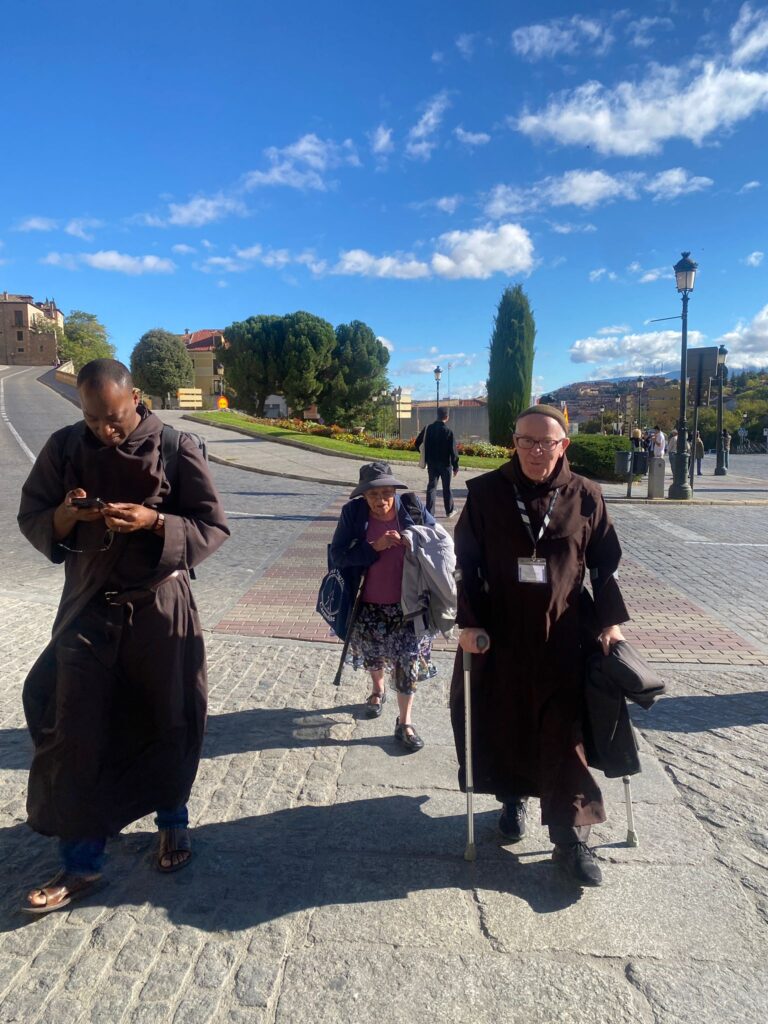



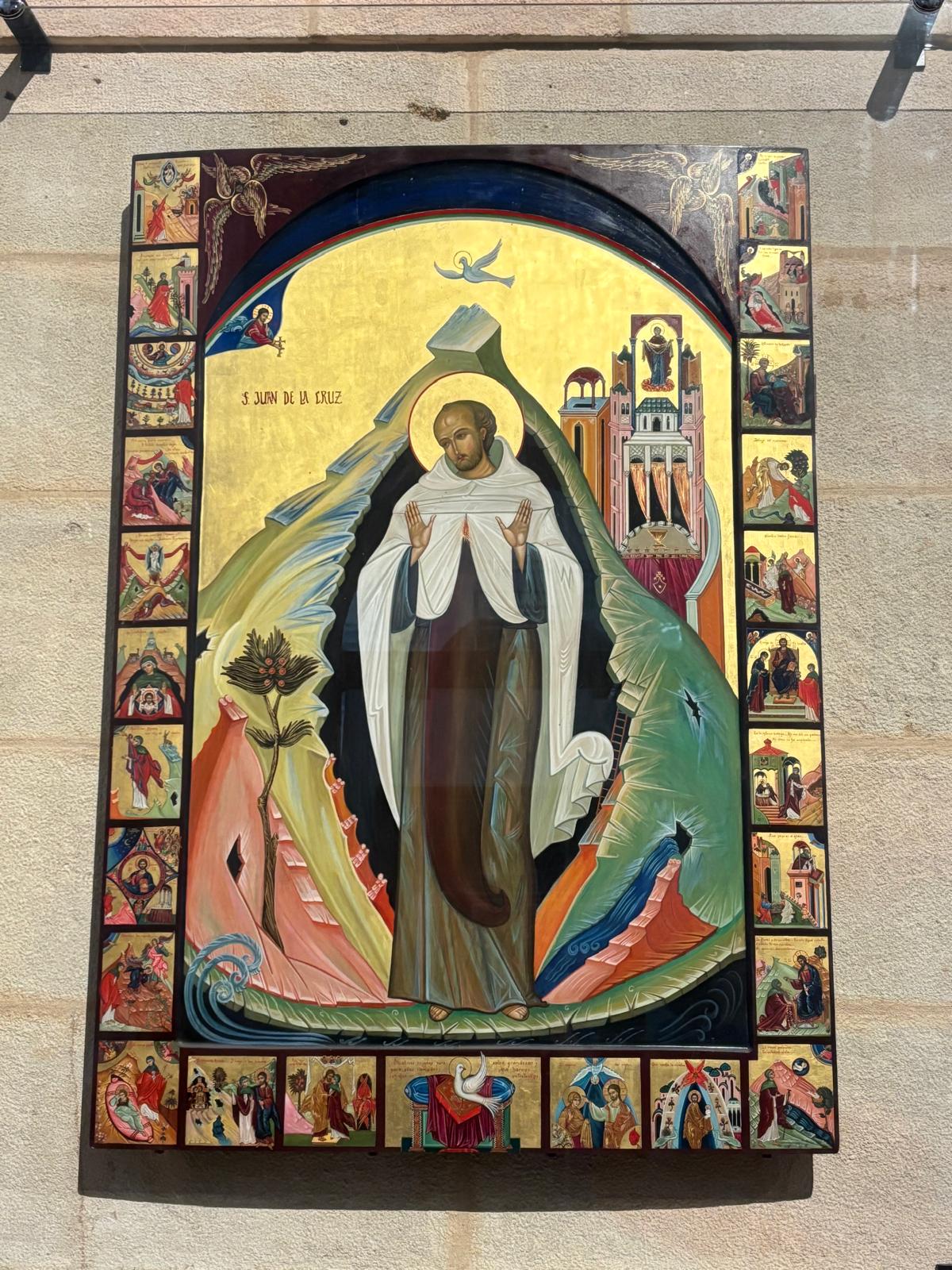


DAY TWO
11th October
THE WAY OF GENTLENESS AND LOVE
After a restful night and a delicious breakfast, we walked to St Joseph’s Monastery of the Discalced Carmelite nuns for mass. This monastery was La Madre’s fifth foundation, where she frequented for rest. This monastery also held a special place in the life of St Teresa as she started the Interior Castle while in the monastery. Besides, the incorrupt body of Beata Maria de Jésus (Blessed Mary of Jesus) a true daughter of St Teresa lies in this monastery between the altar and the sisters’ choir. Maria de Jesus (1560-1640) was received into Carmel by St Teresa herself when she was 17. She was a novice when St John of the Cross sought refuge with the nuns in this monastery after escaping from prison. A great contemplative, Bl Mary was intensely devoted to Jesus and was often inspired by the liturgy. Teresa herself admired her greatly.
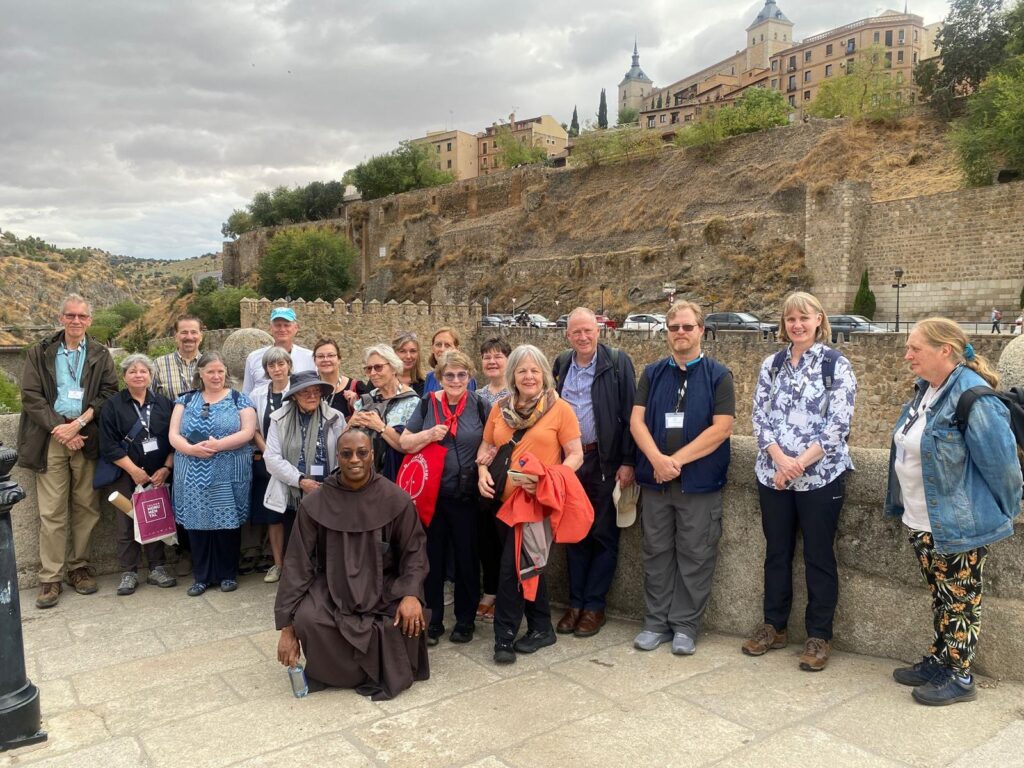
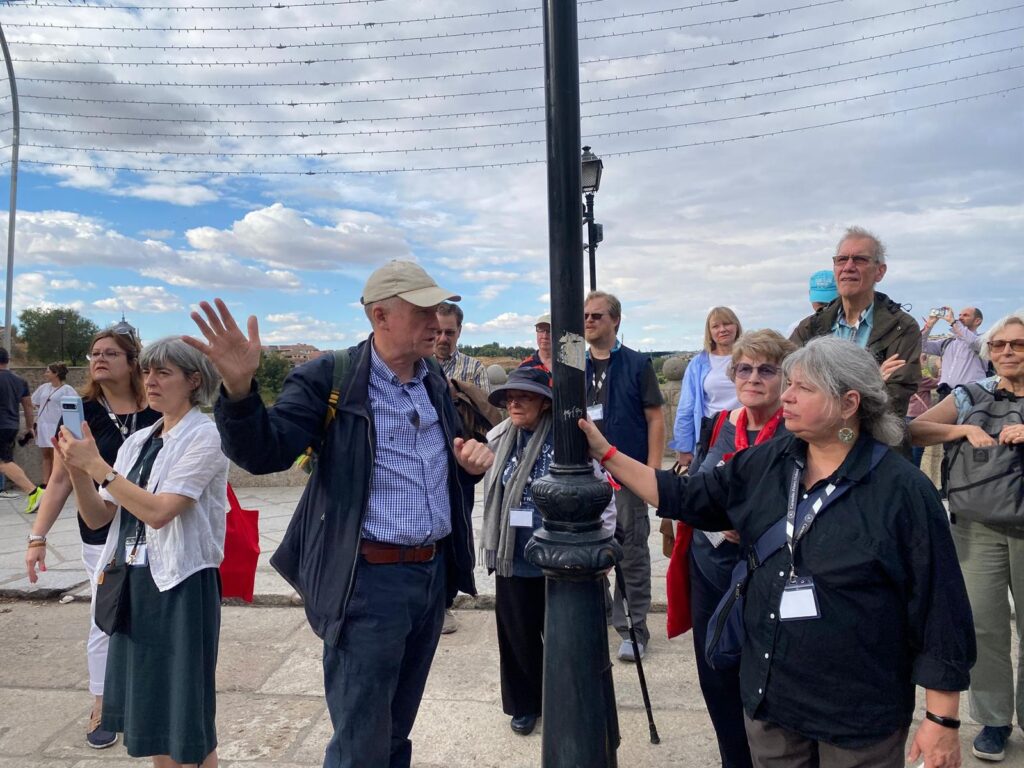
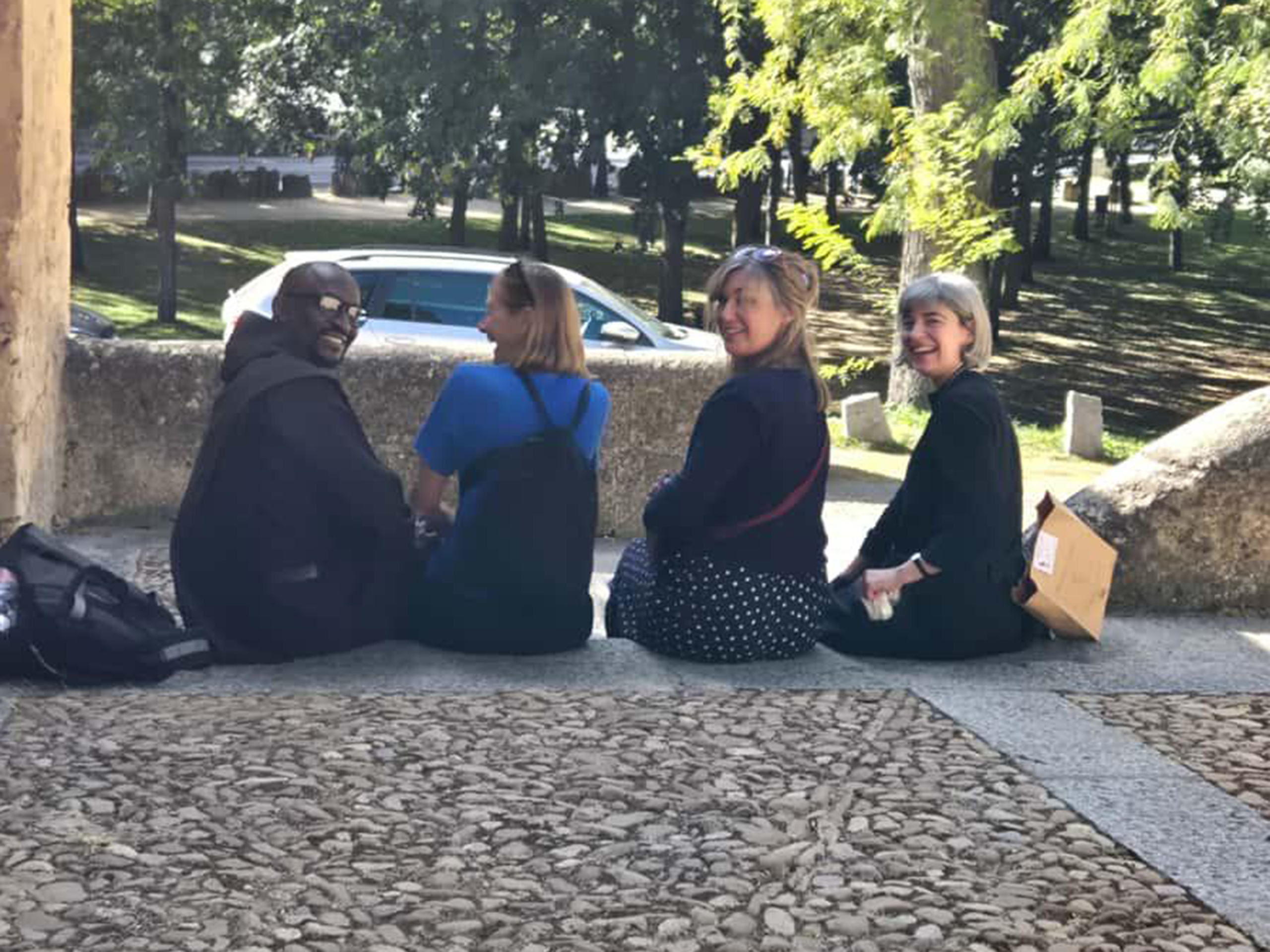
We were all wonderfully impressed by the beauty of the sanctuary, with its delicate and intricate altar area. Fr Matt presided over the mass and shared with us many interesting facts about Teresa’s fondness for this foundation in Toledo. In Toledo (before the foundation), Teresa spent time with Doña Luisa, a widow who had lost had husband and was inconsolable. She requested for Teresa’s assistance, but it so worked out that while with Luisa Teresa got to meet other famous and wealthy people who would eventually be instrumental to her foundations. Teresa also liked Toledo because being the capital of Spain at the time, the place had good postal services, and they helped to deliver her letters. She was confident that any of her letters that got to Toledo will get to their final destination.
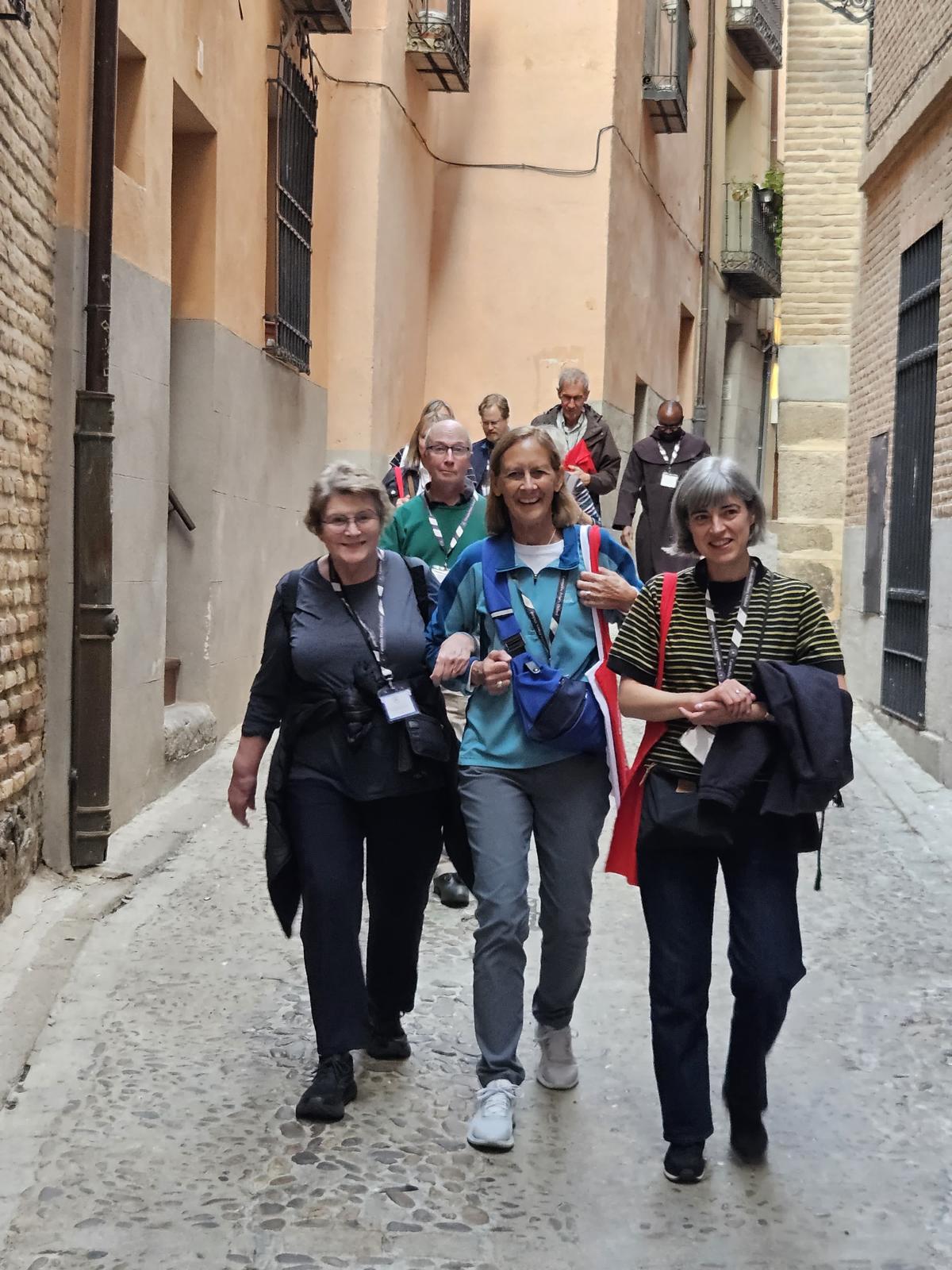
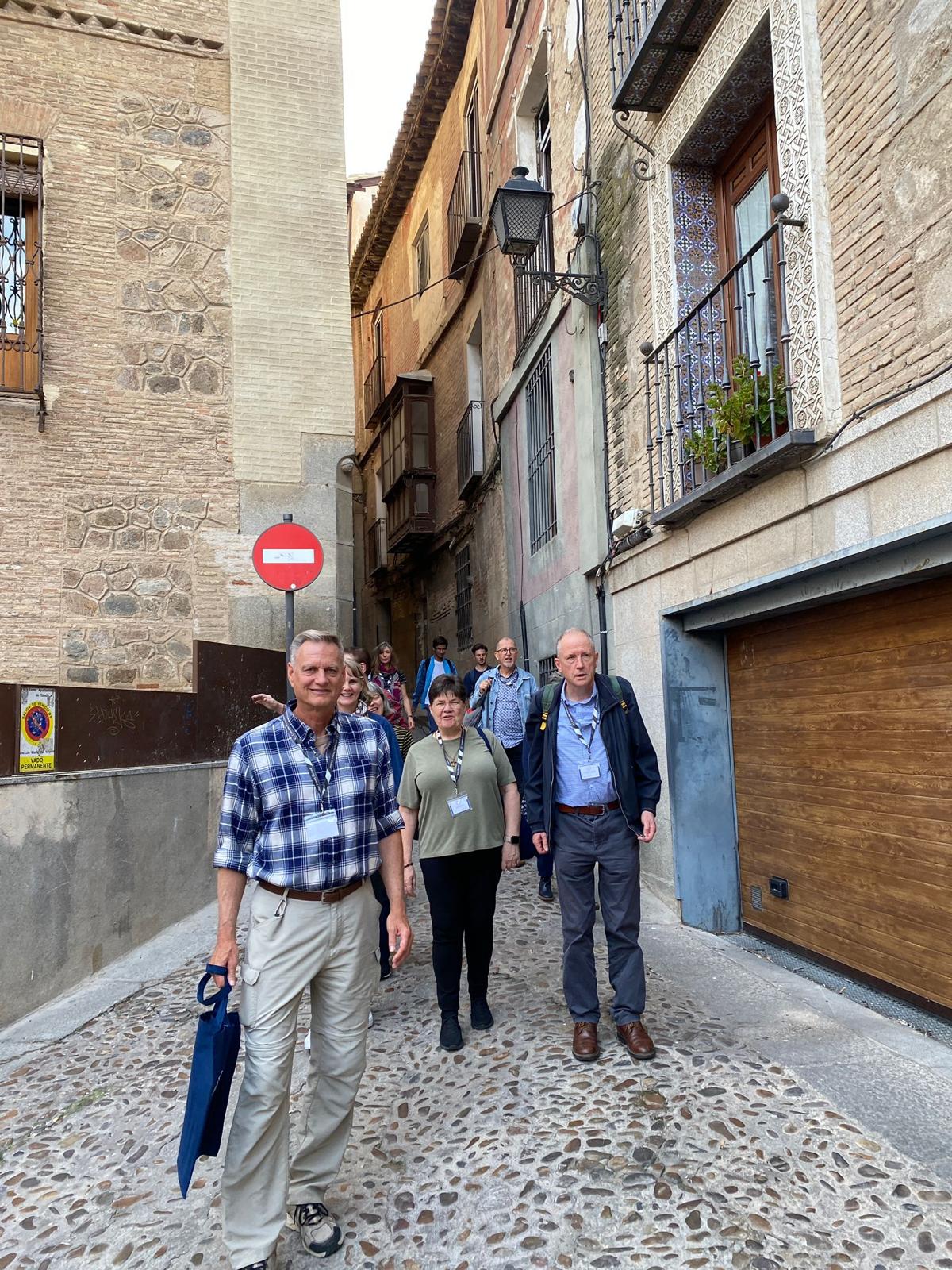
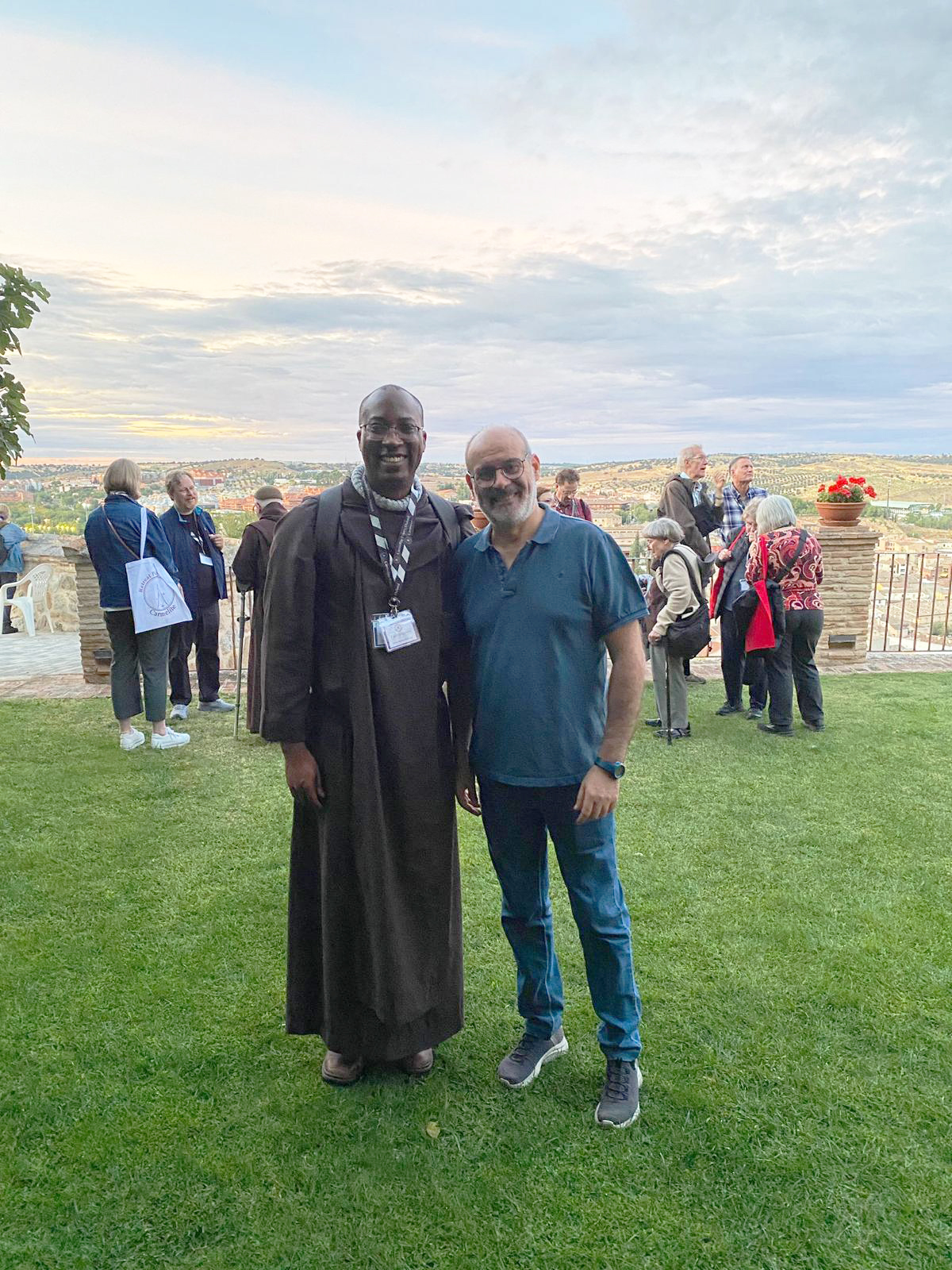
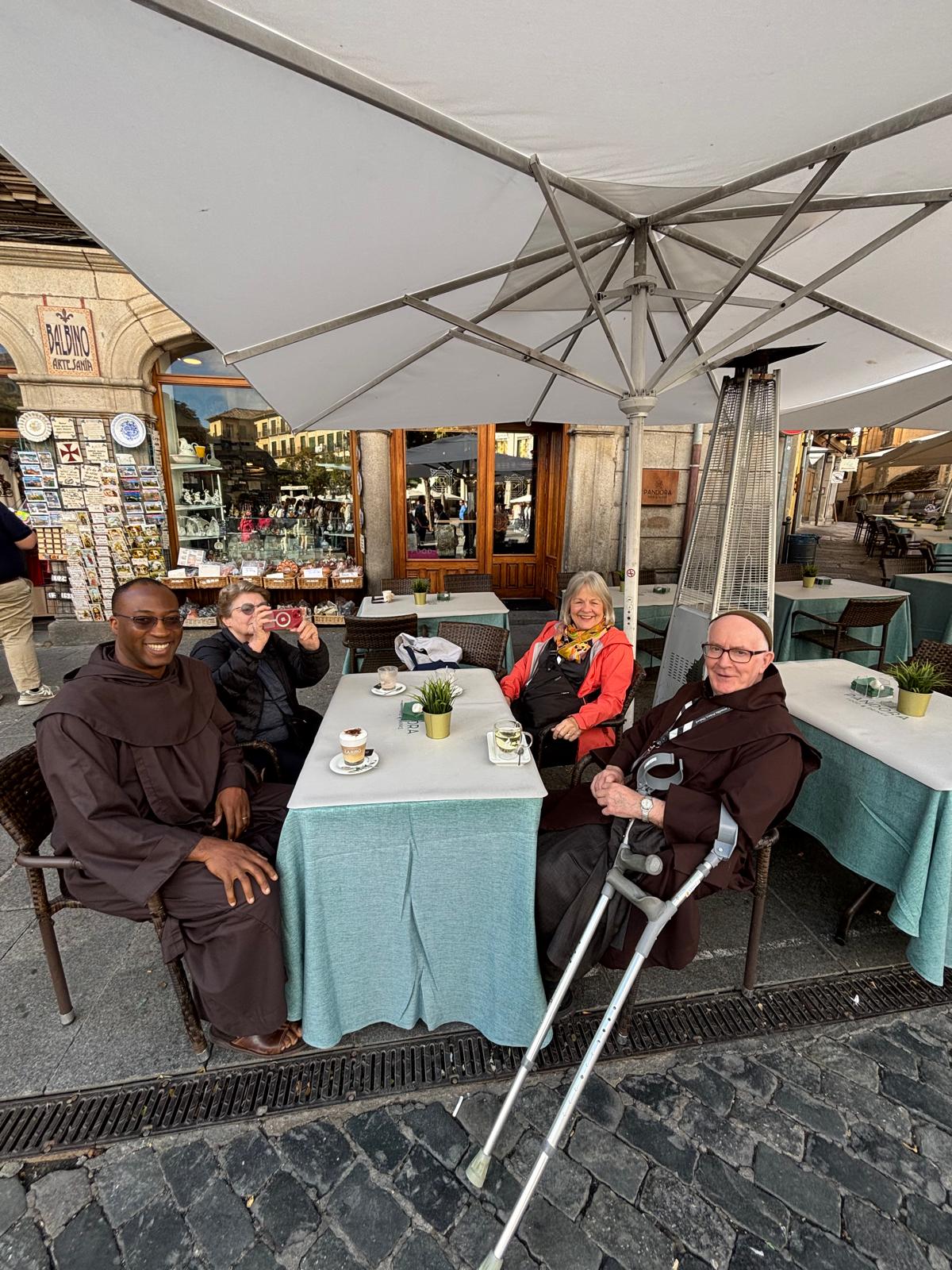
Later in the day Fr Matt led us in retracing St John of the Cross’ prison escape route. We viewed the plaque on walls of Toledo which commemorates his imprisonment. On the plaque is written the first stanza of The Dark Night, a poem by St John of the Cross. The day ended with a wonderful explanation by Fr Matt of the politics of John’s imprisonment. The deeper meaning of John’s imprisonment is expressed by his poems – The Romances, By the Rivers of Babylon, La Feunte, the original stanzas of the Spiritual Canticle.
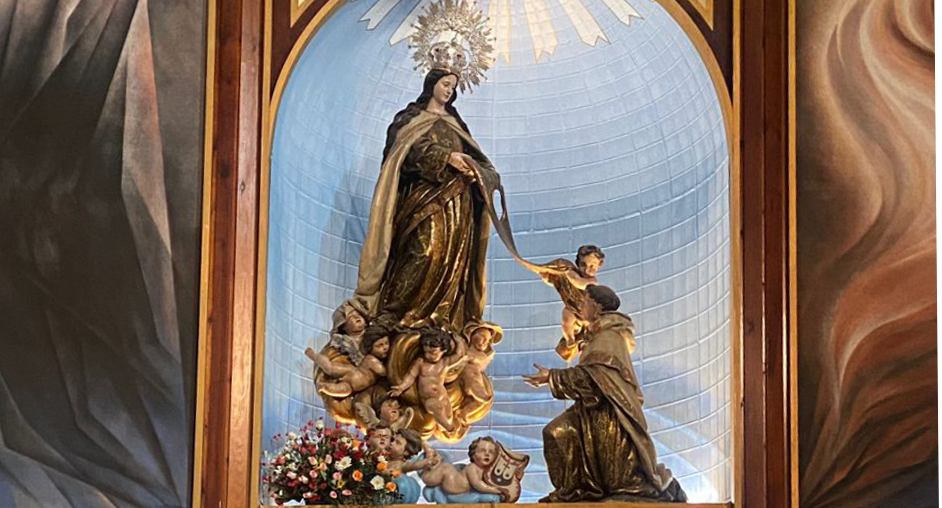
DAY THREE
12th October
“My house shall be called a house of prayer” – Prayer as a foundation of authentic life in Christ.
SEGOVIA
We drove to Segovia! After some time for coffee, we walked to the Carmelite monastery of St Joseph, founded by St Teresa herself in 1574. Upon entering she lapel we encountered the dazzling gold chapel. The foundation at Segovia was made at God’s directives. Teresa would write, “I was here one day in prayer, our Lord said to me, make a foundation here in Segovia.” This was boldly escribed on a plaque on the way to the monastery.



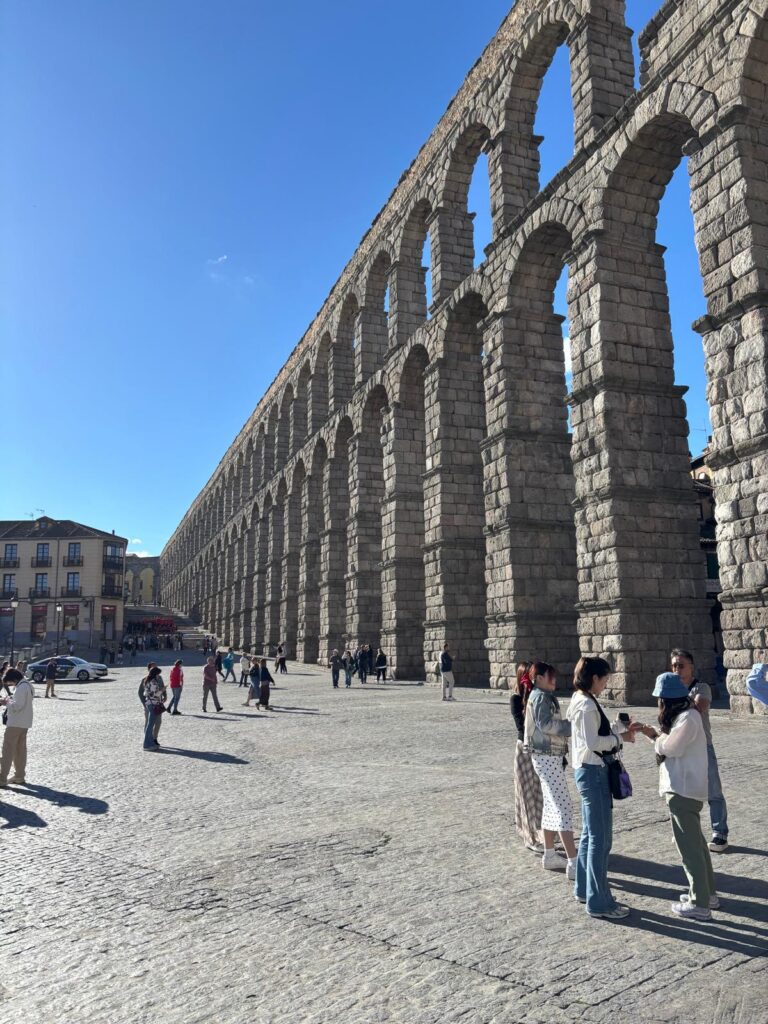
The Mass
We had Mass in the monastery, connecting with the holiness of the place. In his homily Fr Matt centred on the Ten Lepers (LK 17:11 – 19) he made these words of Jesus resonate – “Show yourselves to the priest.” This was the right thing to do, what is expected at the time. But one of the lepers goes beyond these instructions. He sees he is healed, that something profound has happened to them taking, beyond the boundaries to see Jesus in a new way. He gives thanks and praise worship and goes in another direction to go deeper. This can be likened to the spiritual life as described by St John of the Cross, which takes one beyond what is expected as been told. In the Dark Night, John takes us to go beyond the security, guided by the Light deep within. He invites us to beyond all that is known. This light within is a deep darkness. You do not understand but you just know. It is the spiritual life to see Jesus beyond one’s expectations. Rejoice in what you don’t know as God is beyond boundaries.
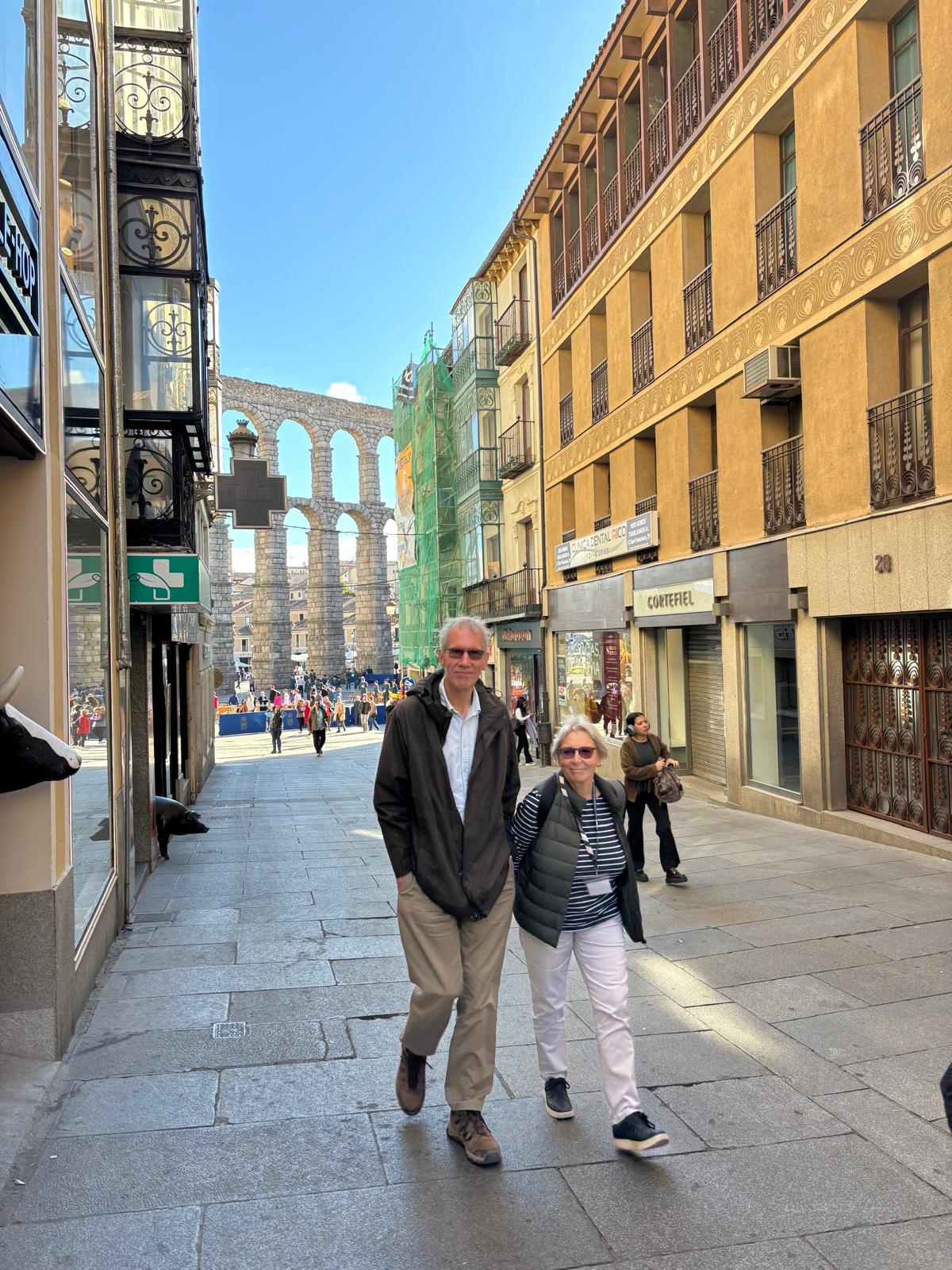
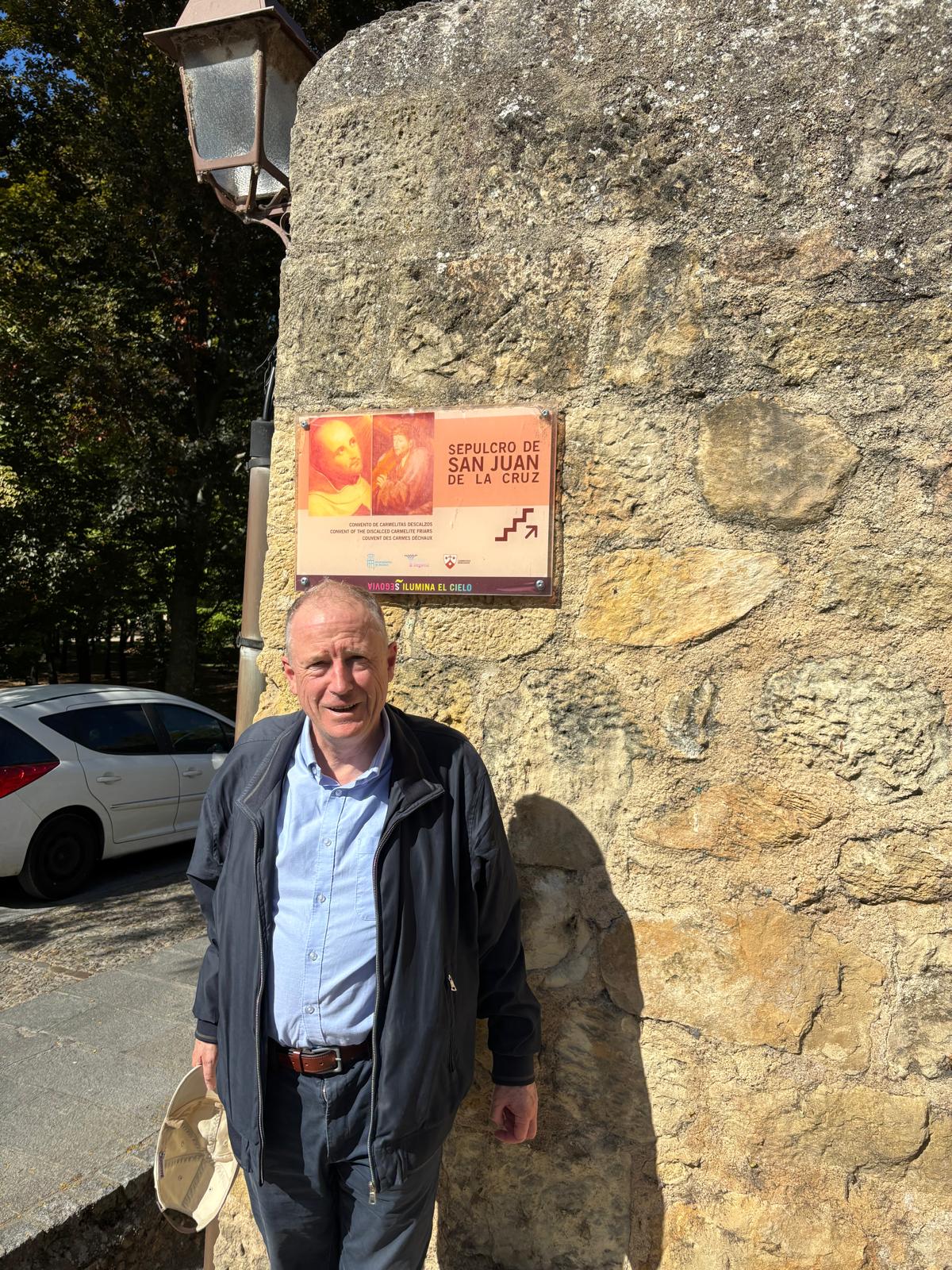


In the prologue to the Spiritual Canticles, John says no words can express what loving souls experience God. Something deep has happened. We too can explore what happens within and like the leper express it in thanksgiving, praise and worship. The leper’s life was transformed as Jesus opens up a whole new way. John wants us to know not to stop here, you have not arrived. Never stop, this is not the point of arrival. This new life is never defined and there are no rules here. Jesus has healed you; your faith has made you well. John writes that as this faith gets deeper and darker God becomes so bright. This experience of darkness is really an abundance of light. Only God knows where this will lead. With the light within, your faith is your salvation. This profound healing gives the leper a whole new life. We are being drawn deeper and deeper into a profound mystery of who Jesus is, and what it means to be in profound relationship with Him.
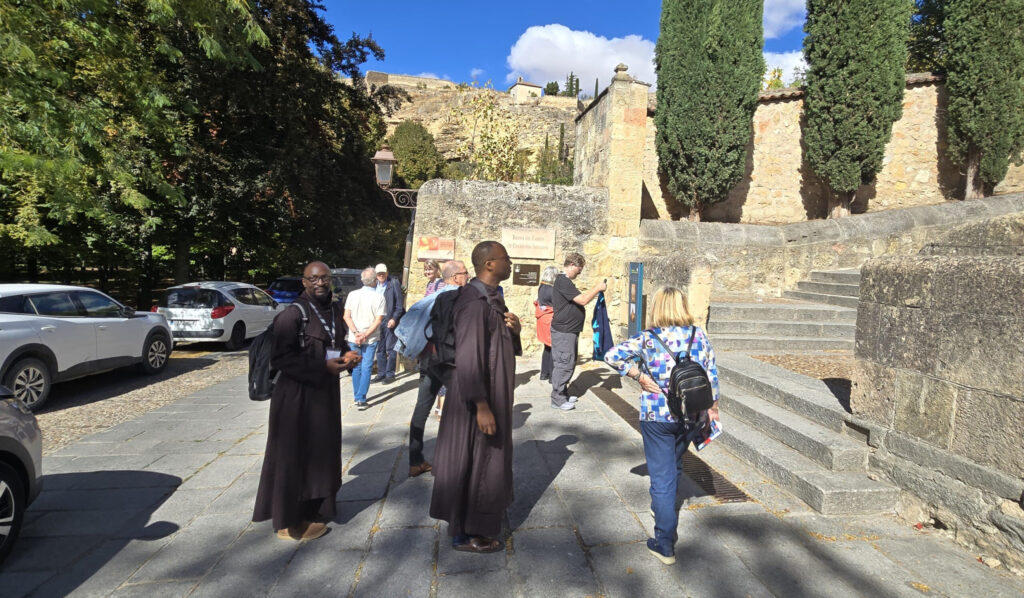
DAY FOUR
13th October
THE GRACE OF NEW BEGINNINGS
AVILA: The city where Teresa was born, where she lived, and where her interior reality grew into the fullness of life. From her writings, we know so much of her journey and interior life. Her life deep within – her life with God – is her reality. In her Book of Life, Teresa (Ch. 23) tells us, “I want to live.” From this point on, her life was transformed by her awareness that Jesus lived in her (Gal 2:20).
There are three introductions in the Book of Her Life:
- Early life, family, vocation and, more importantly, her growing conviction that prayer as friendly conversation with Jesus is the key to heaven.
- Teresa’s treatise on prayer: One does not understand Teresa if one doesn’t understand her approach to prayer. Teresa focuses on the human Jesus – the Jesus of the gospels and our mutual friendship with Him. In Life (Chapters 11–21), Teresa uses the symbol of the four waters to give a picture of progression in prayer.
- Teresa’s account of the meaning of Jesus’ presence in her, which was all the time new (Ch. 27). She understands but knows not how. It is a heavenly language that God speaks to the soul.
We must take notice of the phases of Teresa’s development:
- Her friendship with God – the experience
- Her understanding of what authentic prayer is
- Her ability to teach that to others
In his homily, Fr Matt told us that Teresa was moved by the Spirit to inspire people all over the world. The same light from Teresa and her place has reached the whole world. Teresa takes no credit for that. She says, “All is the work of God.” The Spirit has brought each of us here today in God’s house to bring Him honour and glory. The gospel of the Samaritan woman was her favourite. We should be friends with those who are friends with Jesus, as the Samaritan woman was. The image of water is so important to Teresa that she uses it to describe the journey of prayer. Let nothing stop you. Thirst for the living water.
The most interesting part of the story was when the woman left Jesus and went back to the village to proclaim the word of God, and the people listened. This happened at a time when women’s words were not taken seriously. The closer we are to Jesus, the greater the desire to do his will. Let our prayer be that of Teresa: “Lord, give me that living water from this sacred place where it flows out to the whole world.”
In the evening of the same day, we had a talk given by Fr Matt to gather the thoughts of the day together. Fr Matt told us that for Teresa, the Incarnation is the place of spiritual growth and profound spiritual experience, where she became the person she is. In Chapter 29 of the Book of Her Life, she describes the event of the transverberation. The experience caused both intense pain and joy. This piercing of her heart with a spear by an angel was the reality of her mystical union with Jesus, where her heart was joined to his. This left her with a constant longing for God and a sense of being one with Jesus’ heart.
Teresa was able to put into words this profound experience by using symbolic language. But her description was given only after the event had happened. This is the nature of all spiritual experiences. One does not know when it happens and only later knows the effects. Although it is a spiritual experience, the body is also affected – we are changed and transformed by it. The transverberation reflects God’s graces, sometimes a combination of pain and joy. It is a pure gift of God and a sign that the experience is of God, who touches the person at the deepest centre. The high point of the interior journey is sharing in the cross of Jesus. All spiritual life leads to the cross, and this is where Jesus’ journey led Him (Life, 22). Teresa knows this sharing in the cross identifies her as Jesus’ spouse.
DAY FIVE
14th October
THE GRACE OF NEW BEGINNINGS
On the eve of the solemn feast of St Teresa, Fr Matt gave us insights into Teresa’s Interior Castle. In this masterpiece, Teresa uses the image of a castle with seven dwelling places to illustrate the progression in the spiritual life. In Chapter 1, she describes the beauty and dignity of the soul. She says the soul is full of magnificent beauty and marvellous capacities. The soul, she likens to a castle formed of a single diamond containing many rooms.
How do we enter this castle? If this castle is the soul, then no one has to enter it, for it is the person himself. However, for Teresa, the gate to this castle is prayer. However, she did not tell us how to pray; rather, she encouraged us to fix our eyes on Jesus – not to look at ourselves. The first dwelling place is the place of self-knowledge. This is the starting point of the spiritual life. However, each dwelling place will increase our self-knowledge. This is done by fixing our gaze on Jesus Christ, who is the image and likeness of God.
The second dwelling place is a place of change and growth. Through much self-effort, we begin to change what needs to be changed. We begin to purge ourselves of obstacles to the growth in spirituality. This change is a spiritual battle. However, God never abandons us; He speaks to us through the Scriptures, sermons and good books.
The third dwelling place is the dwelling place of vocation. As the person grows in self-knowledge and becomes committed to the Christian life, they become open to their vocation. They continue to grow in their Christian identity. Here, the effects of prayer are being seen. Teresa uses the parable of the rich young man to illustrate why many people never progress beyond the third dwelling place. When Jesus answered the rich man’s question of how to inherit eternal life, he responded that he had kept the commandments from his youth. Jesus went on to request that he sell all his possessions and “come follow me.” This was the moment of crisis. The rich young man was doing the right thing, but asking the wrong question. He was focused on himself. What must I do? Jesus asked him to go deeper, to focus on others, to focus on Jesus – “come follow me”. Jesus wants to take us beyond self-effort. The rich young man walked away, just as many of us do.
The fourth dwelling place continues the real change started in the previous dwelling place. This may seem vague, but God is taking over, leading us deeper into the relationship. Here, the soul struggles to respond. Deeper listening is required. The soul is learning to love. This is the beginning of deep change, the acceptance of love and being changed interiorly.
DAY SIX
15th October
SOLEMN FEAST OF ST TERESA
Fr Matt continued his discussion of the seven dwelling places. He used an excerpt from The Way of Perfection to illustrate what is happening in the 4th dwelling place. Before Jesus’ transfiguration, the disciples were surrounded by the crowd and others who wanted to follow Jesus. Things are starting to change – the crowds go away. Now, the following is in Jesus’ terms – the disciples are faced with going to the places they do not want to go. So it is when we reach the 4th dwelling place. We are now growing in God’s terms. The phase of change and transformation is a process of dying and rising. It follows the pattern of the passion – death and resurrection. One must let go of the old self and begin anew.
Teresa uses much imagery in her writing, including the silkworm and its transformation from caterpillar to butterfly. The image of spiritual marriage is used in the last dwelling ~~places~~ place. We are reaching a place where we are peaceful and calm within, despite whatever storm may be brewing around us. God’s love unites us with God. As we enter the 6th dwelling place, our souls are wounded with love. We strive for more opportunities to be alone, ridding ourselves of anything that is a distraction. We develop an inner freedom to follow Jesus in the midst of our ordinary life activities. He suggested that the best way to read the Interior Castle is to put the 4th dwelling place at the centre, then pair 3rd and 5th dwelling places, 2nd and 6th dwelling places, and 7th and 1st dwelling places.
In the 6th dwelling place, we are in a different place. It is a place of greater spiritual battles and struggles, along with the freedom to rely on God. Teresa keeps her eyes on the humanity of Jesus. Jesus asks us, as he did the sons of Zebedee, “are you ready to drink the cup that I will drink”? We must give a complete, total and unconditional “YES”!
Fr Matt also suggested that another way to read the Interior Castle is to begin with the 7th dwelling place, as it gives us a good view of what Teresa is describing from her own standpoint. The 7th dwelling place contains four chapters. The first chapter is about the experience of God. The second chapter is the point of arrival, the spiritual marriage. Chapter Three focuses on salient questions of the kind of person I have become. How am I living? What is my relationship with others? In the final chapter (Ch. 4), Teresa pulls everything together. It is a call to service. The purpose of prayer is service – doing the work of God. Listening and service come together. It is living for Jesus and doing his will. A person living from the centre of this castle is living united with Christ in service to the whole world.
Are you thinking about making a pilgrimage?
The Carmelite Friars of Boars Hill, Oxford have unrivalled experience of taking pilgrims on the spiritual journey of a lifetime. You can travel with them across Spain to visit the sites associated with the lives and spirituality of St John of the Cross and Teresa of Ávila, explore the France of Thérèse of Lisieux or walk through Greece in the footsteps of St Paul. All pilgrimages are carefully curated and you’ll be travelling in the company of the Carmelite friars and well known speakers and experts on the locations being visited.
Find out more about our upcoming pilgrimages for 2026 …

